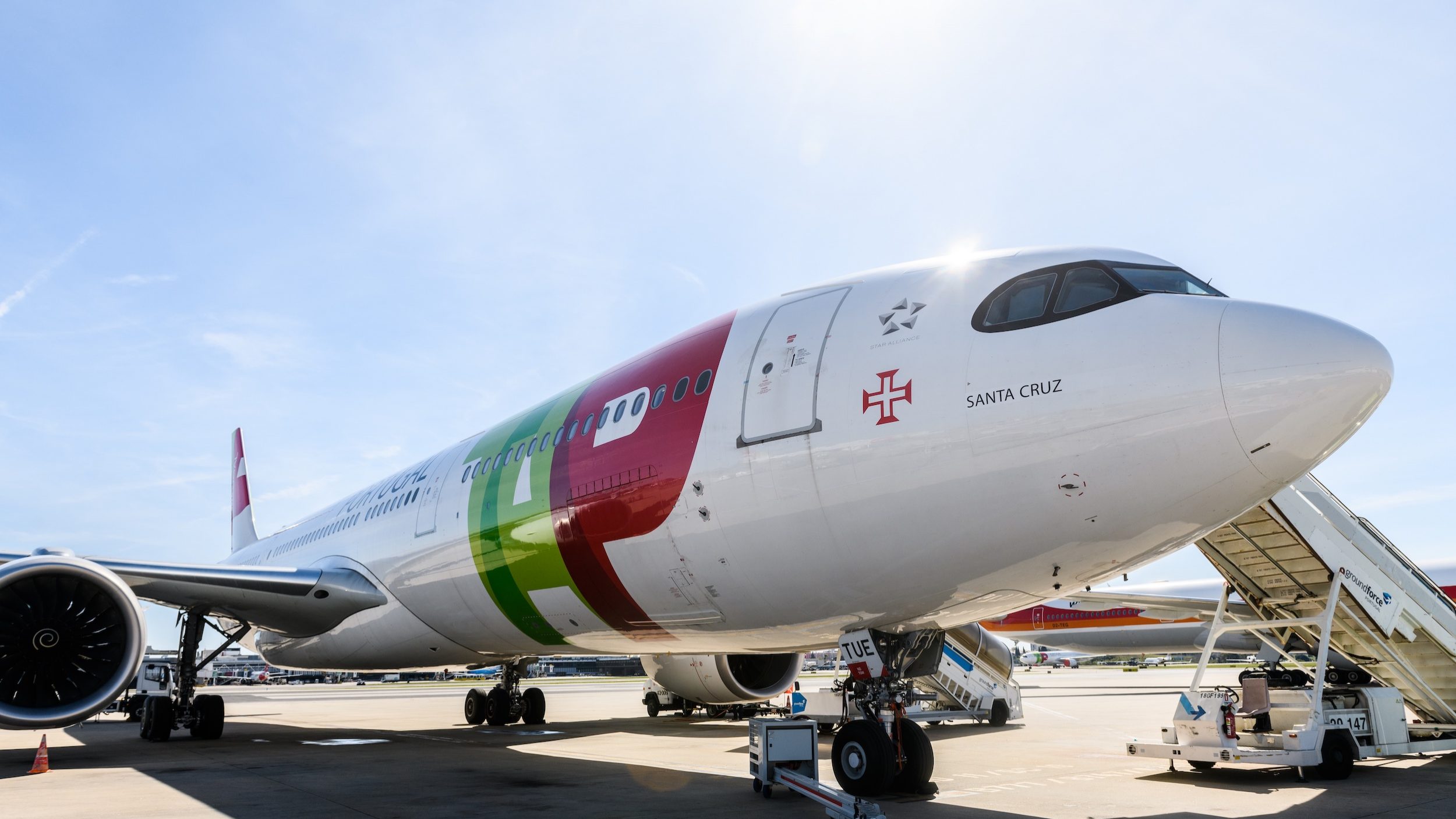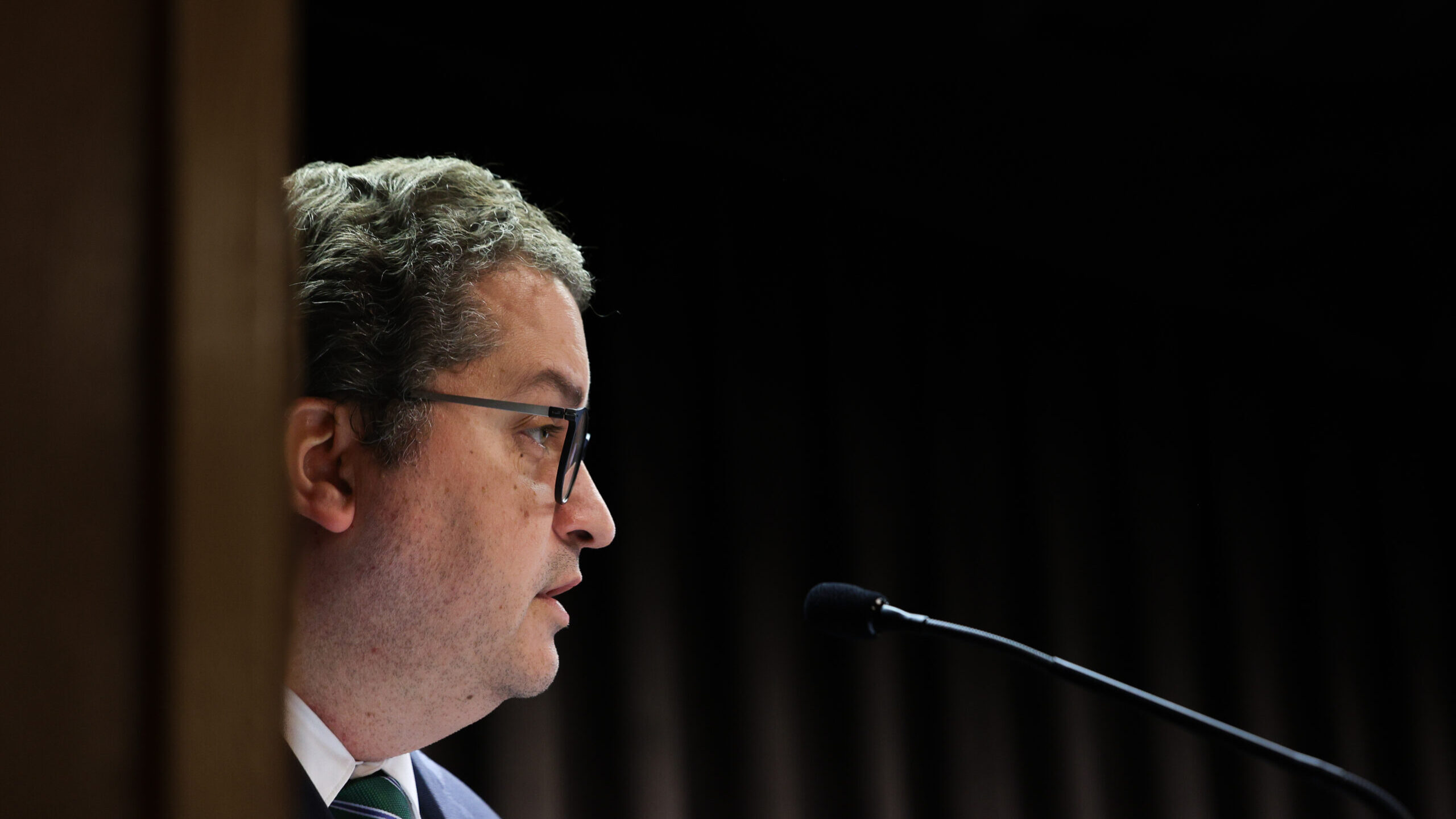Portuguese aircraft already has all suppliers identified
The twin-engine aircraft for civil and military use will receive an investment of around €250 million. It will employ between 180 and 200 engineers in the advanced development phase.
All suppliers for the Portuguese twin-engine aircraft have already been selected. Although the engineering is 100% Portuguese, the parts will have to come from abroad due to a lack of certified suppliers. With an estimated investment of around €250 million, the project will employ up to 200 engineers during the development phase.
“100% of the companies that are certified in aeronautical terms (commonly known as OEMs) and that, technically and from an aeronautical regulatory point of view, will be able to supply the various LUS-222 systems, ranging from propulsion, landing gear, avionics and other on-board systems that equip the aircraft, have been identified”, says Major Lourenço da Saúde, administrator of CTI Aeroespacial, one of the entities responsible for the development of the twin-engine aircraft, in responses sent to ECO.
All the engineering is being done in Portugal. The aerodynamic and structural design, systems integration, performance analysis, certification, ground and flight testing, as well as the production of the technical documentation required for operators and the European Aviation Safety Agency (EASA).
“This type of work had never been done in Portugal until now,” points out Major General Lourenço da Saúde. “The closest example was the approximately 800,000 engineering hours spent by CEiiA on developing the central fuselage, sponsons and tail of the KC-390”, he adds, referring to the Embraer aircraft that is partially produced at OGMA.
The supply of equipment, which typically accounts for 60% of an aeronautical programme, will come entirely from abroad. “In Portugal, there are still no manufacturers certified by the aeronautical authorities to supply these systems directly. Therefore, suppliers are, for now, international”, explains the administrator of CTI Aeronáutica, an entity with a strong involvement in the engineering project, particularly with regard to requirements related to the military version.
However, the aeronautical engineer believes that “the country now has the conditions to move forward with the development of its own solutions, provided that the demanding aeronautical certification processes are ensured, which is an essential condition for effective entry into the aeronautical supply chain”.
Investment of nearly 250 million
LUS-222 was highlighted by the Minister of Economy and Territorial Cohesion, Manuel Castro Almeida, as one of the main projects covered by the reprogramming of the PRR’s Mobilising Agendas. The project is part of the Aero.Next agenda, which has funding of €90.8 million. The total investment will be close to €250 million, according to ECO.
For now, it employs around 130 engineers from various specialities, but this number will grow to between 180 and 200 during the development phase, according to Major General Lourenço da Saúde. During the assembly, test flights and testing phases, the number will be substantially lower, but will increase again during production, which will take place at the factory to be built at Ponte de Sor Municipal Aerodrome, which is already in the licensing process.
The LUS-222 will be able to carry up to 19 passengers or 2,000 kg of cargo, with a range of up to 2,000 km. With the reprogramming, a programme was implemented to develop the LUS-222 aircraft into a military version, allowing it to be certified by the National Aviation Authority.
What sets the Portuguese twin-engine aircraft apart? “The main distinguishing feature of the LUS-222 compared to other aircraft currently on the market is the incorporation of a rear cargo ramp. This solution arose from the evolution of the initial civil concept into a military version, benefiting from operational and technical requirements provided by the Air Force”, says the member of the EuroDefence Portugal advisory board.
“The rear ramp provides operational versatility, simplifying loading and unloading operations in both the civil and military sectors, as well as passenger boarding”, explains the aeronautical engineer, adding that “it eliminates dependence on ground support equipment and, in a military context, allows cargo to be dropped on humanitarian missions or, in search and rescue operations, support equipment such as liferafts to be dropped”.
Another distinctive feature of the LUS-222 is its ability to land on short runways — allowing it to operate at regional aerodromes or airports — or unprepared runways, including infrastructure destroyed by conflict or natural phenomena.
For Major General Lourenço da Saúde, “Portugal is creating particularly favourable aeronautical conditions for recognising the strategic value of national initiatives that contribute to innovation, technological autonomy and industrial resilience in the aerospace and defence sector in Europe”.
“The main European manufacturers of military transport aircraft (Airbus and Leonardo) do not offer models of this size, having opted for aircraft with greater capacity and range, leaving this segment uncovered”, he says.
The LUS-222 can be configured for military transport, parachute drops, cargo drops, medical evacuation (on simple stretchers and stretchers with medical equipment support) and search and rescue, as it has surveillance windows.
On the civil side, “it was designed to meet the needs of operators who value flexibility: for example, commuter aircraft that carry passengers during the day and air mail at night”, he explains.
The LUS-222 will be produced and marketed by EEA Aircraft and Maintenance, which is owned equally by CEiiA, responsible for the engineering design and production of prototypes, and by a vehicle of five individual investors.
The civil certification process for the aircraft has already begun. The first flight is scheduled to take place in 2028.




